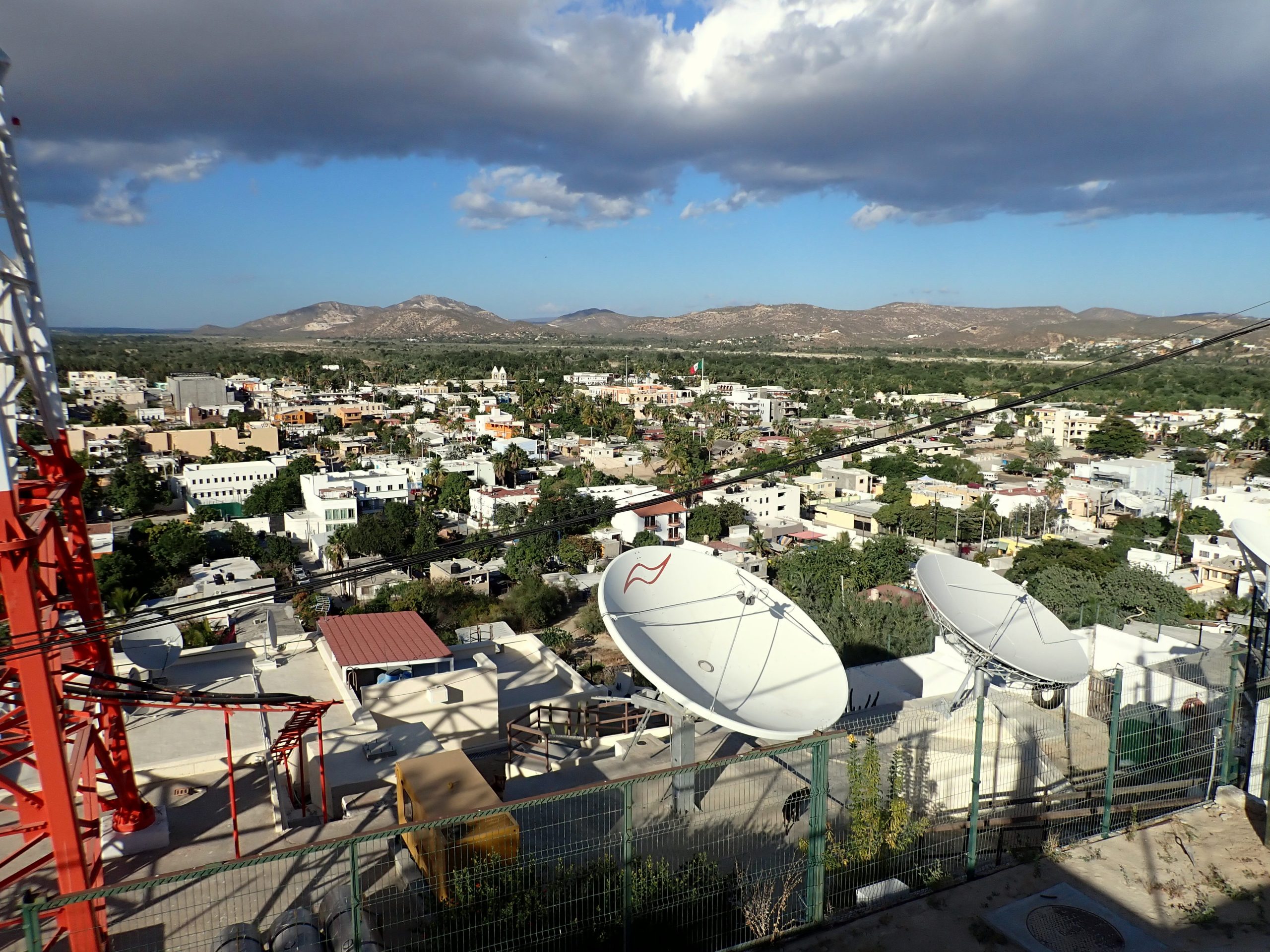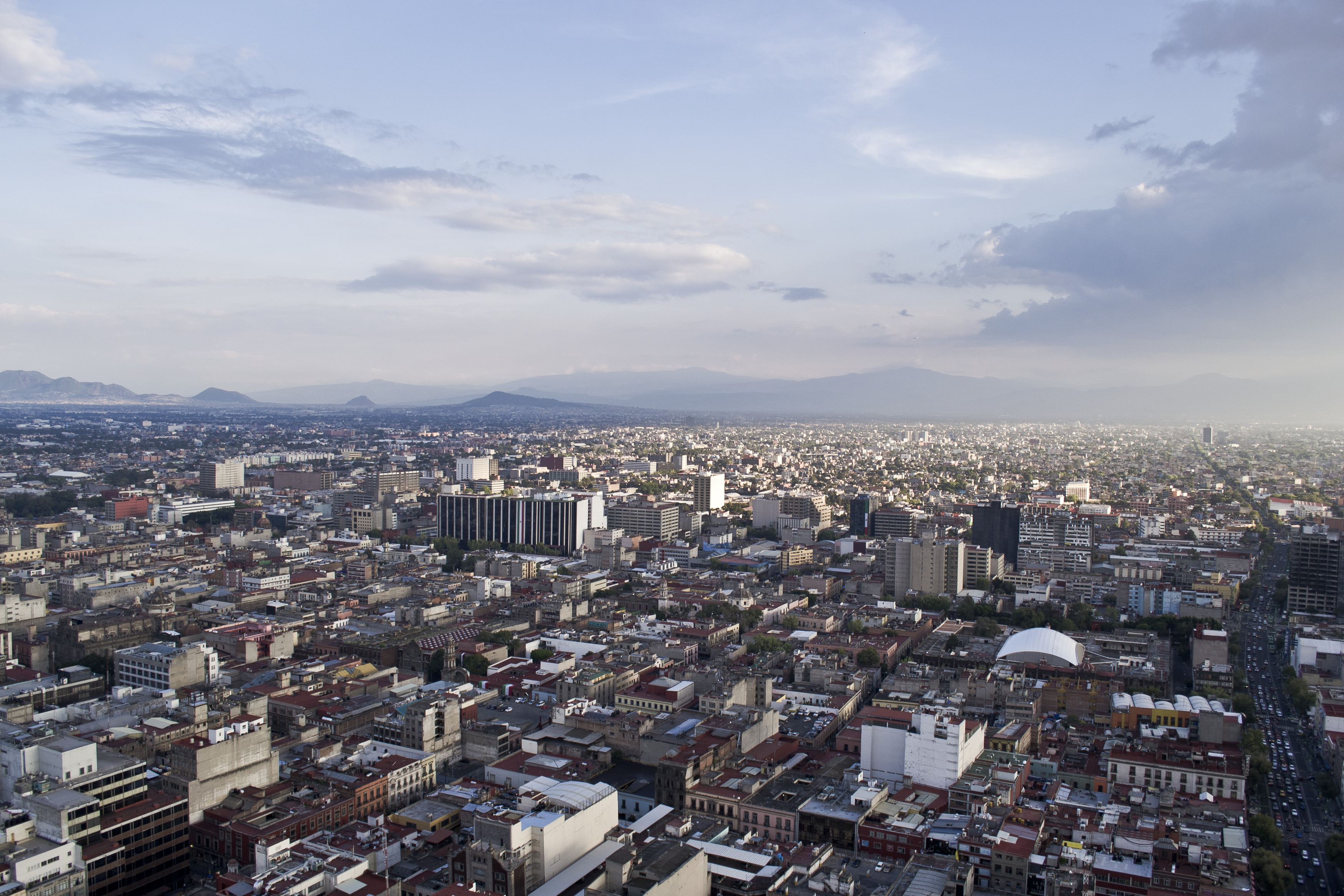Mexico City has a new public media system, joining a host of other public media offerings available in Mexico. But what does the new system promise? And do local professionals believe it?
What does it promise?
In late December, the government of Mexico City officially gazetted the creation of a new public media organisation known as Servicio de Medios Públicos de la Ciudad de México (SMP-CDMX) [“Public Media Service of Mexico City” in English]. In the official Gazette of the Government of Mexico City, the media service’s stated purpose is to provide the broadcasting and telecommunications public services of the Executive Power of Mexico City.
“It is necessary an organisation that meets the commitments of the Government of this City to have the means of public, inclusive, democratic, transparent communication, committed to the well-being of its inhabitants and their essential communication needs to guarantee the full exercise of the rights of access to information, transparency, and culture,” the gazette said.
The new public media system is actually a transformation of an older service known as the Public Broadcasting System of Mexico City. The gazette argued the aim of the transformation was to strengthen the Mexico City government’s communication capacity, as well as consolidate the processes of production and diffusion of audiovisual materials. SMP-CDMX has assumed responsibility for the operation of the Capital 21 channel.
Notably, the gazette references key values of public service media, including impartiality, editorial independence, diversity, and pluralism. For example, the organisation is empowered to:
- “[I]nform with impartiality, veracity, timeliness and ethical and social responsibility”;
- “become a platform for free expression on political, social and cultural issues”;
- “contribute to the development and promotion of creative industries in Mexico City”;
- and “design, produce, transmit and promote the dissemination of content that contributes to strengthening the identity of the population of Mexico City”.
The gazette also claimed, “The Media Service will enjoy editorial, ideological and programmatic autonomy from the public powers of the Mexico City and the Federal Government.” It also said the service will be free from “private interests and interest groups in the design, selection, development, production, edition and transmission of all its contents.” The organisation instead will be in the “service of the population From Mexico City.”
Among SMP-CDMX’s powers are to:
- Inform with impartiality, veracity, timeliness and ethical and social responsibility
- Become a platform for free expression on political, social and cultural issues
- Contribute to the development and promotion of creative industries in Mexico City
- Design, produce, transmit and promote the dissemination of content that contributes to strengthening the identity of the population of Mexico City
How will it be managed?
SMP-CDMX is sectorised to Mexico City’s Secretary of Culture and it is said to have its own legal personality, assets, and management autonomy. The gazette said the material, technological, digital, financial, and human capital resources of the previous system, as well as the labour rights of workers, must be transferred within six months of the decree coming into force. The government of Mexico City, in its 2022 Expenditure Budget, has allocated $118 million to SMP-CDMX to undertake operations and consolidate the new system.
When it comes to its administration, SMP-CDMX will be overseen by a Governing Body, a General Directorate, a Citizen Council, and Administrative and Technical Units for its operation. Notably, the Governing Body will be presided over by the Secretary of Culture in Mexico City. Other members of the governing body include the Head of the Secretary of Administration and Finance of Mexico City; one representative each from the Secretariat of Indigenous Peoples and Neighbourhoods and Resident Indigenous Communities and the Secretariat of Education, Science, Technology, and Innovation of Mexico City; and the Head of the Secretariat for Women of Mexico City.
Meanwhile, SMP-CDMX’s five-member Citizen Council is in place to “ensure [the organisation’s] independence and an impartial and objective editorial policy in its management”. The Council is responsible for formulating proposals, and giving opinions and advice on policies, programmes, actions, and projects of the organisation. In turn, the Governing Body must know and approve the rules for the expression of ideological, ethnic, and cultural diversity proposed by the Citizen Council. The Citizen Council’s members will not be paid during their three-year terms and cannot be re-elected to their positions.
Where does SMP-CDMX fit?
SMP-CDMX has joined a complex system of public media in Mexico: public media are distributed across the federal, regional, and local level, with some coming directly from the national government, and others from state governments and universities. Their functions may also vary, such as with Canal 22 – the government-owned cultural public television channel – and Canal Once, a public television channel specialising in educational and cultural content. The Mexican government also runs the information agency, Notimex.
Commercial broadcast media is heavily concentrated in Mexico; the harassment of journalists has often led to self-censorship; and community broadcasters face persecution for using frequencies for which they have been unable to obtain licences. In this environment, public media organisations can play a crucial role in lending to pluralism, press freedom, and democracy.

But public media in Mexico has been heavily criticised in the past. Notably, the ties between public media and the federal government was identified as an area of concern in a 2019 report by the Public Media Alliance. Canal Once (Channel 11), which falls under the National Polytechnic Institute (IPN), was cited as an example by researcher Ernesto Villanueva because IPN is a decentralised body of the Ministry of Public Education. Other PSM such as the Canal 22, Radio Education, and the Mexican Institute of Radio are tied to the Ministry of Culture, the Ministry of Public Education, and the Ministry of the Interior, respectively.
At the time, Villanueva proposed legal independence for Mexican public media organisations. “The greater openness and independence experienced by the so-called public media must be coupled with the corresponding legal reforms to avoid, in the future, going backwards, if what is sought is to have an increasingly critical and informed society.”
There are concerns that like its public media counterparts, SMP-CDMX will similarly lack the independence needed of public service media.
In an opinion piece published by La Crónica de Hoy, researcher Raúl Trejo Delarbre said that while the new public media system should operate autonomously, it is instead under the control of the Head of Government of Mexico City, Dr. Claudia Sheinbaum. Delarbre maintains that the system goes against the local constitution in notable areas such as its management structure. For instance, the General Directorate of SMP-CDMX – whose extensive list of responsibilities include managing and legally representing the media service – may be “appointed and removed freely by the person who holds the Executive Power of Mexico City”.
The President of the Mexican Association for the Right to Information, Jorge Bravo, in an opinion piece in Proceso, said that while SMP-CDMX’s sectorised status under the Secretary of Culture provided it with an important social and cultural function, it reduced the public media organisation’s independence from the government and contravenes the political constitution of Mexico City.
“The capital’s Magna Carta stipulates that the ‘system will be operated by a decentralised public body, not sectorised’.” Bravo maintained that it is preferable that the public media is not sectorised, such as the Public Broadcasting System of the Mexican State (SPREM) or the Mexican Institute of Radio (IMER), or better still, that it is autonomous.
“The greater openness and independence experienced by the so-called public media must be coupled with the corresponding legal reforms to avoid, in the future, going backwards,” – Ernesto Villanueva
Meanwhile, Mexico remains a dangerous place for journalists. In the 2021 Reporters Without Borders (RSF) World Press Freedom Index, Mexico was ranked 143rd out of 180 countries. Last year, Mexico was once again deemed the most dangerous country for journalists in the world, with at least seven journalists killed in 2021.
The Public Media Alliance congratulates Mexico City on the creation of this new public media system, but we are concerned about SMP-CDMX’s lack of distinct independence from the city’s government, and the imbalance of power between the Governing Body and the Citizen Council. While the promises of the new system align with public media values and are applaudable in that regard, we must always emphasise the importance of instituting strong mechanisms to safeguard editorial independence. These mechanisms not only build trust in public media but also futureproof public media against any abuse of power by succeeding governments. We encourage the government of Mexico City to remain steadfast in its stated commitments to public media and to create greater distance between itself and SMP-CDMX.
PMA will continue to monitor and update on developments within Mexico.
Header Image: Mexico City, where Notimex and Canal Once (Canal 11) have their headquarters. Credit: Kasper Christensen/Creative Commons
